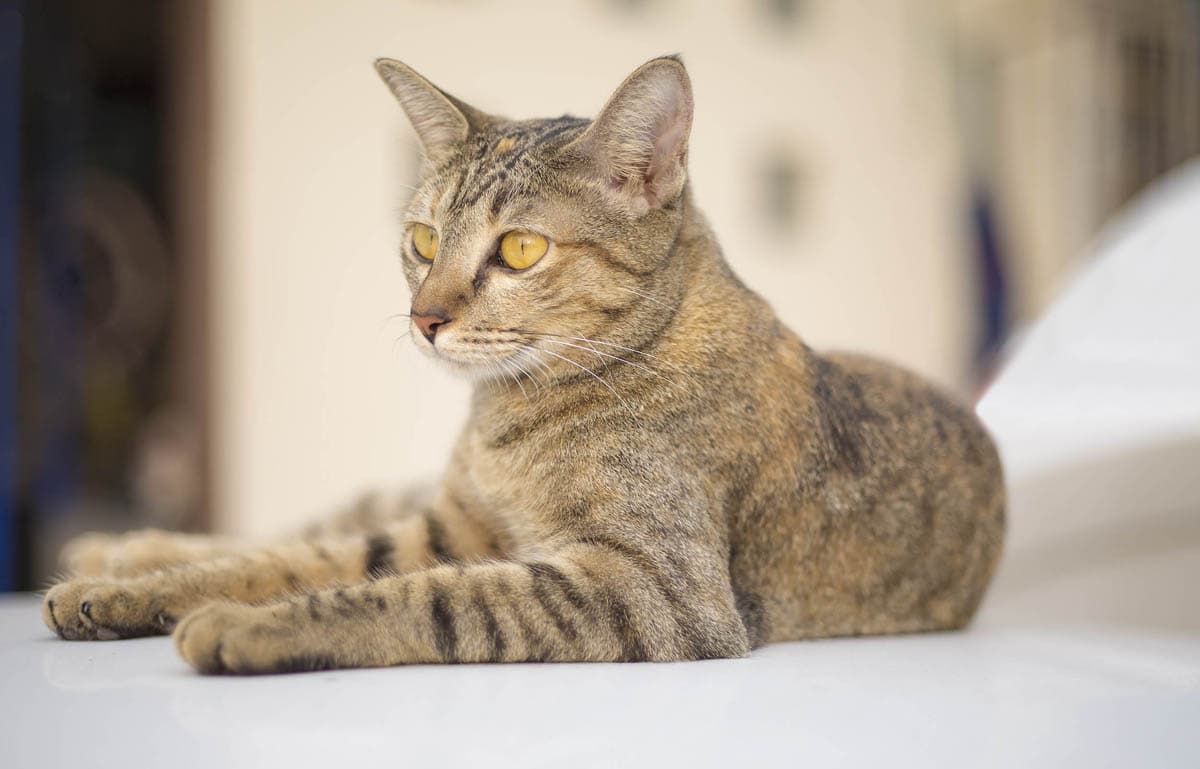What is nesting?
Nesting occurs in the days or weeks leading up to birth, many mammals engage in this behaviour, including humans and cats. When a cat begins to nest, she will seek out a dark, quiet spot in which she feels comfortable birthing and raising her kittens.
What are the signs of nesting in cats?
Nesting can occur anywhere between two weeks to hours before birth occurs. Each cat has her own timeline. The pregnant cat (queen) will hunt out a quiet and secluded place. You may find her in a dark spot at the back of your wardrobe, under or in drawers, behind the sofa. In the wild, giving birth, and raising newborn kittens makes the queen and her litter vulnerable to predators and this behaviour is instinctive, even to our domesticated cats.
Obviously, most of these locations are considered unsuitable to cat owners, and it is recommended you provide your cat with a suitable alternative. This should be a large, clean, cardboard box lined with newspaper and topped with clean towels or bedding. The room should be free of drafts and warm. Place her food bowls and a litter tray in the room close to her nest. If the queen is showing a preference for another nesting location, consider placing her nest in a large dog crate and confining her. Others will just go with the flow, and let her choose her spot. See here for more information on setting up a suitable nest for your pregnant cat.
Immediately before birth, the queen’s body temperature drops. She often goes off her food and can become quite clingy and vocal with her owners. She may pace in and out of her nesting box. The nipples will be swollen and may leak milk.

